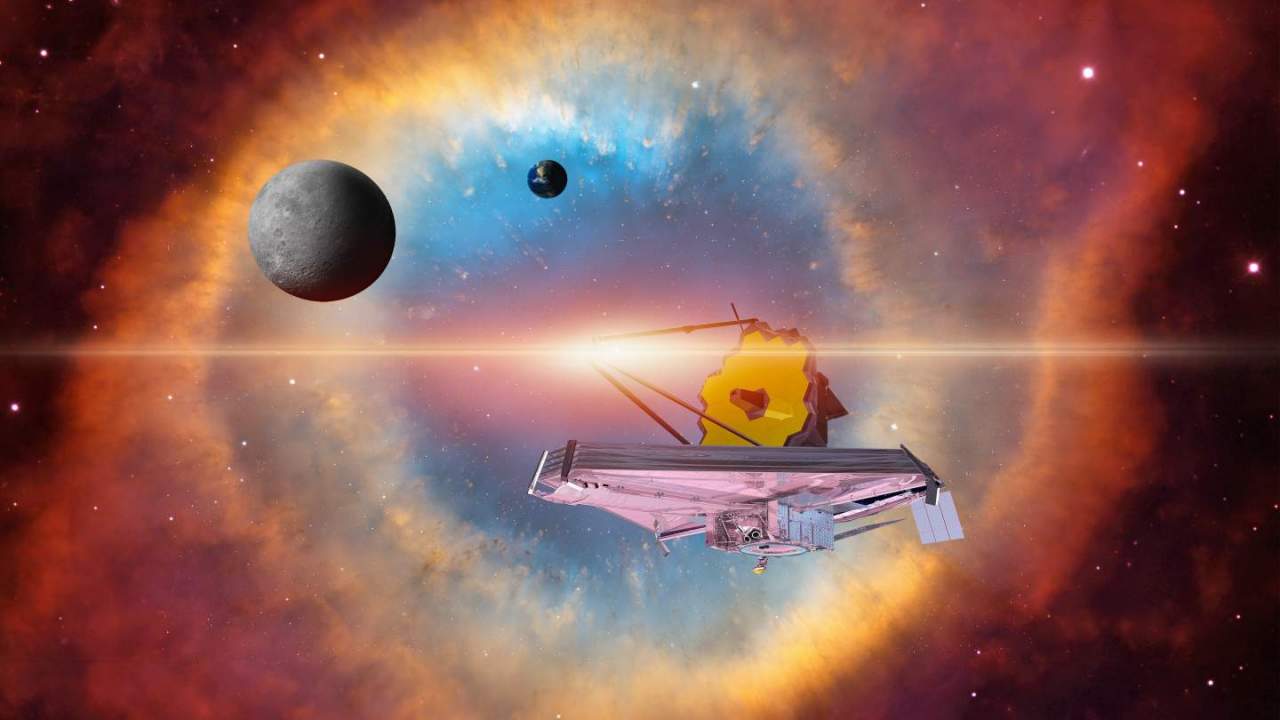The James Webb Space Telescope (JWST) has a delayed launch, but it seems all extra work is not in vain. According to NASA, the launch runs well that as a result, the expected age of the telescope has just risen. Thanks to the advantages of fuel, NASA now predicts that JWST can significantly exceed the initial service life.
Webb’s successful launch saved a lot of fuel
NASA then explained in more detail what actually allowed Webb’s telescope to save so much fuel during the launch period and a long-awaited trip. The telescope has a backup of rocket fuel costs used for several important tasks. Rocket fuel is needed for correction courses, insertion to orbit at its destination, maintaining telescope orientation in space, and something that is thickened by NASA as “the station keeps the maneuver.” It refers to adjusting the ORBIT Webb through the use of small peeler burns.
According to NASA, JWST managed to maintain a lot of propellan because of the right launch of Ariane 5 Ariane 5. Two intermediate correction maneuvers that followed the launch of them succeeded. Because the two launches themselves and the course correction exceeded the initial expectations of NASA, the observatory had a lot of remaining fuel for use in the coming years.
What’s next for the James Webb Space Telescope?
NASA offers direct updates about how the Webb telescope is currently being carried out. Still has a long way before reaching his new home somewhere called Lagrange Point (L2) both located about 1 million miles away from Earth.
L2 is on the far side of the earth and offers the gravitational balance needed between our planet and the sun. This is where the Observatory Webb will settle in orbit and then stay there for years to come.
The country where the telescope launched into space on Christmas is far different from the final form called. When JWST was originally folded, there were many steps to finish it to orbit. Along the way, the telescope will continue to be revealed until it reaches a country that will allow him to accompany into a deep space.
NASA states that all deployment in the future is controlled by humans to enable extra flexibility and precision. You can see what’s in the store for James Webb Space Telescope on the NASA website.

